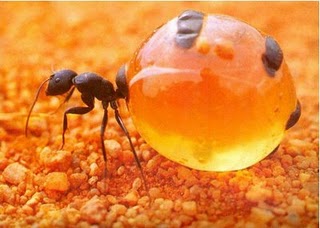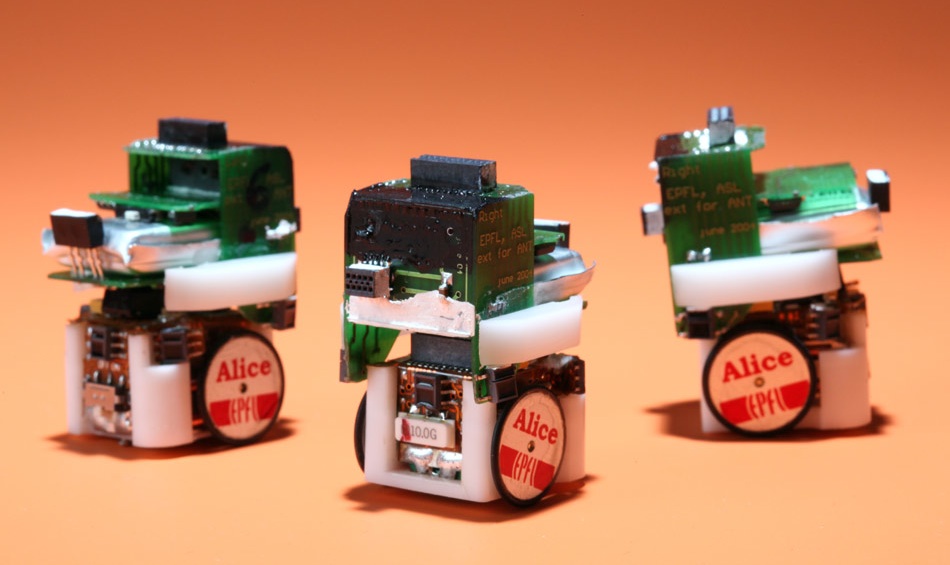Meet Alice. She is 4 centimeters tall and moves about on wheels. Her goal in life is to look for food. Remarkably,the foraging behavior of this tiny robot has not been programmed by humans. Instead, her creators gave Alice a brain, and let evolution do the job of programming it. And Alice is going to show us why it is that individuals often make sacrifices for each other.
Animals often behave in seemingly selfless ways. The most regimented examples come from the social insects – the ants, termites, wasps and bees. Here selflessness is built in to the fabric of their society, as there are sterile castes of workers who tend to the eggs of the queen. Worker bees will often make the ultimate sacrifice and die protecting the hive from invaders. These are all altruistic acts, as they harm the individual while benefitting someone else.

Take a moment to think about this behavior from the point of view of evolution. If everyone’s competing to get ahead, why take an unnecessary risk or suffer to help someone else? You really couldn’t do much worse than adopt a sterile lifestyle – it’s an evolutionary dead end.
People used to talk about such altruistic behavior as being ‘for the good of the species’. But this explanation does not work. Natural selection does not operate at the level of species, it is solely concerned with the reproductive success of the individual. Any gene that inclines an individual to be more concerned with the welfare of the species than with their own welfare is not going to get very far.
This type of evolutionary logic paints a picture of a world red in tooth and claw, one where you need to constantly be watching your back. But if everyone is looking out for their own selfish interests, where does selflessness come from? The solution to this puzzle was put forward by J. B. S. Haldane in the 1930s, and made precise by William Hamilton in 1963. Hamilton had the remarkable insight to think of this as an economics problem, and rephrase it in terms of costs and benefits.
Continue reading When nice guys finish first: a lesson from tiny robots
